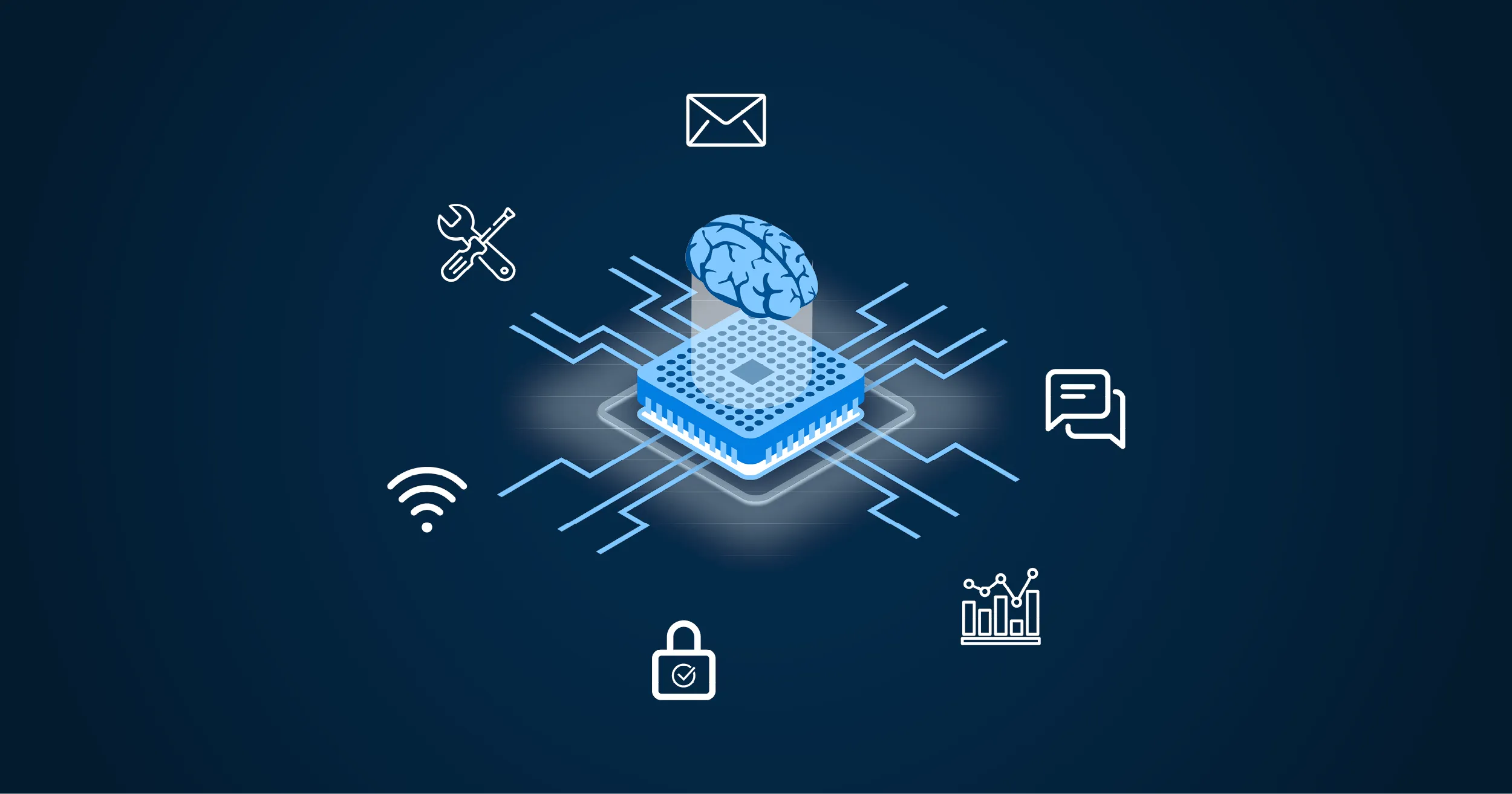An IoT (Internet of Things) system is a comprehensive ecosystem of interconnected physical devices that collect and exchange data with minimal human intervention, effectively bridging the gap between the physical and digital worlds. At its core, an IoT system is comprised of four main components that work together seamlessly. It begins with the devices, which are embedded with sensors and actuators to gather data from the environment and perform actions based on commands. This data is then transmitted via connectivity technologies like Wi-Fi, cellular, or Bluetooth to a centralized data processing platform.
This platform, typically hosted in the cloud, is where the raw data is analyzed and transformed into actionable insights using powerful software and algorithms. The final component is the user interface, which presents this information to the end-user through an application or dashboard, allowing them to monitor the system and, in many cases, control the devices remotely. This end-to-end integration is what enables the development of powerful applications, from smart homes that automatically adjust lighting and temperature to complex industrial systems that perform predictive maintenance to prevent costly downtime.
Features & Benefits

High-Speed Connectivity
Supports high-bandwidth requirements with minimal latency.

Scalability
Easily adaptable to growing business needs without major overhauls.

Network Redundancy
Ensures uptime with failover and backup systems.

Centralized Management
Unified control over network infrastructure via a single dashboard.

Cloud Integration
Seamlessly connects with cloud services and hybrid environments.

QoS (Quality of Service)
Prioritizes critical applications and traffic types.

Remote Access & VPN
Secure access for remote users and branch offices.

Load Balancing
Distributes traffic efficiently to optimize performance and avoid downtime.


